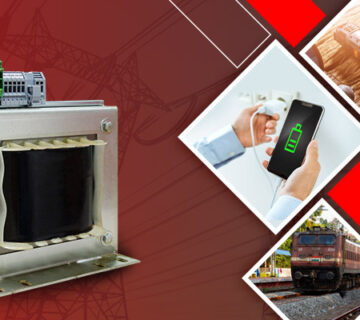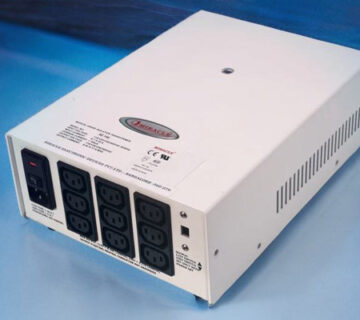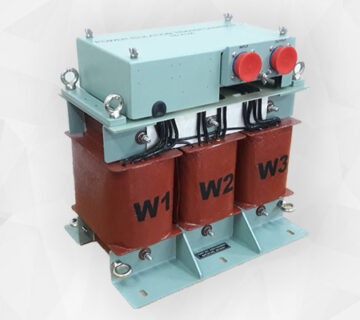There are numerous stages and elements involved in the process of manufacturing a transformer. According to the need, there are numerous types of transformers available, including three-phase transformers, chassis mounted transformers, auto-transformers, and step-down transformers. Here is a glimpse at the general manufacturing process of a transformer.
A brief summary of the transformer manufacturing process
The production of transformers is a sequential process with significant steps, which includes –
- Core Construction
- Winding
- Insulation
- Coil assembly
- Processing
- Testing
Core Construction
The transformer’s core dimensions are determined. Then there is the process of core stacking, which is followed by the core cutting process. The pre-cut or uncut steel rolls are stacked and cut in accordance with the core design. To enhance flux distribution and lower loss and sound levels, the core is fully metered and step lapped in corner joints.
Coil winding
Typically, the coil winding room is a separate space away from the rest of the manufacturing floor. Working the horizontal or vertical winding mandrels requires positive pressure. Either continuously transposed conductor or copper magnetic wire is utilized as the conductor. For the majority of transformers, circular concentric windings are often preferred. Depending on the voltage and application, the winding type is selected.
Insulation
The insulating area is also separate from the manufacturing areas for transformers. High density pressboard is used to create the spacers and insulation cylinders for the winding. The winding height is checked and adjusted first using coil sizing force. At this point, complete winding insulation packages are introduced.
Coil assembly
The components of the insulation, conductor, and winding types are considered while assembling a coil. With the use of low viscosity, high strength epoxy resin, the exposed edges of the core are joined together. This glue penetrates and binds the laminations. To secure insulation, prefabricated oil is applied to the bottom clamps. The ocils are then lowered over the core, and the insulation is clamped by the top coil, after which the top clamps are secured. The final base structure is then created by inserting the top core. The windings are then secured with the help of internal or external tie rods, as a result, they have more support against axial forces. In order for the leads and busbars to survive forces associated with shipping and short circuits, extra support is provided for them. A set of air cushions are then used to move the assembly.
Processing
Following the completion of lead connections, the assembly moves on to the next stage that involves the vapour phase unit. Using a vapour phase cycle approach, the entire core and coil assembly is then dried.
Final assembly and testing
The final assembly is then made complete, including the installation of the conservatory, radiators, pumps, and fans. After that, the unit is sent for testing. Any transformer manufacturer who does not test the transformer thoroughly before sending the same for usage, is only increasing the risk of failure and damage. It is thus important to approach those transformer suppliers in India who not only manufacture high quality certified products, but also additionally test the same before delivering them to the customer. One such trusted supplier is Miracle Electronics whose transformers, even though being RoHS and REACH compliant, go through multiple tests to check for the accuracy of every transformer.




